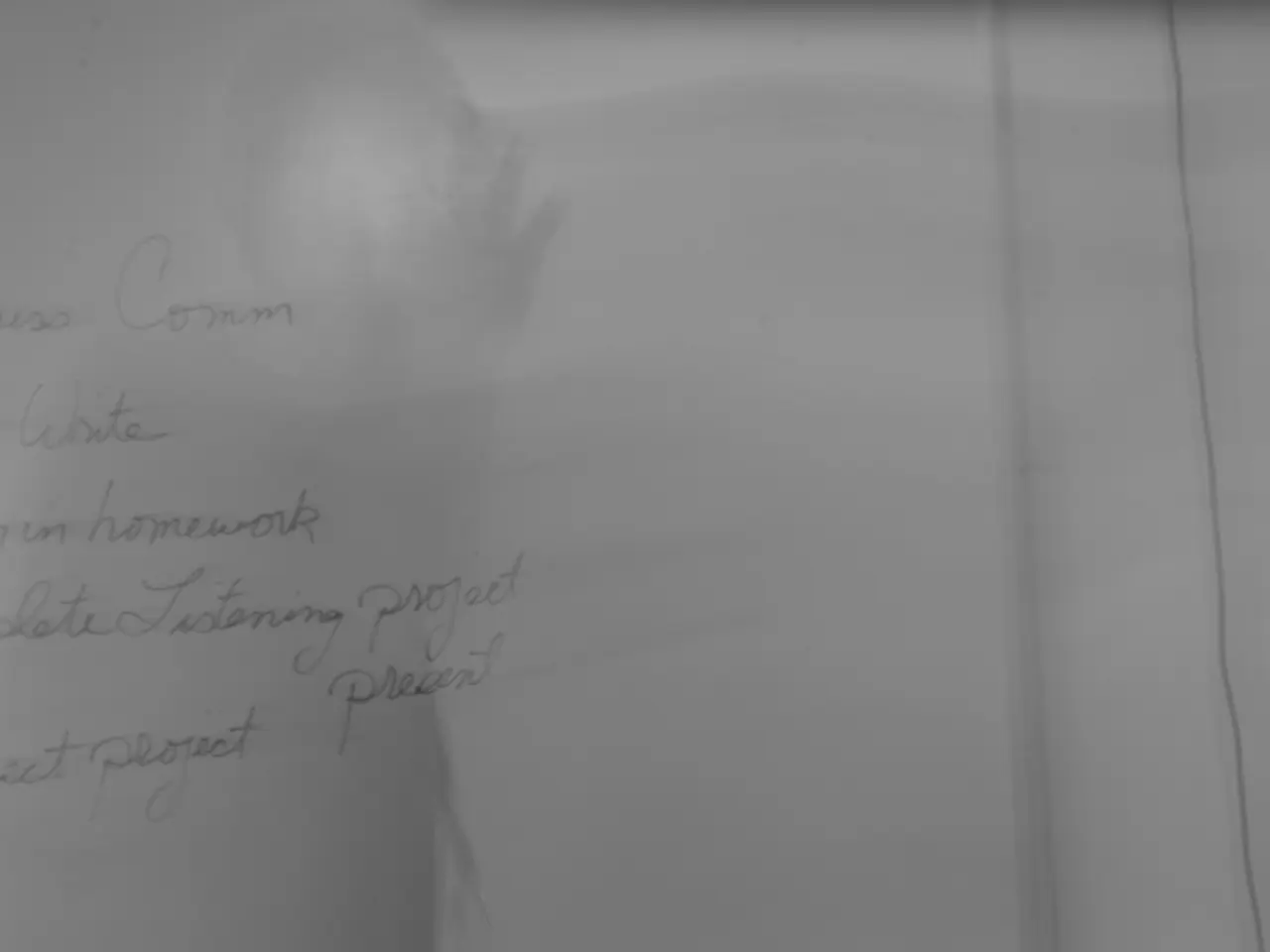Unraveling Patent Demands: An Extensive Overview for Legal Precision
In the world of intellectual property, patent claims play a pivotal role in defining the boundaries of protection granted to inventors. These legal statements, found within patent documents, serve as the foundation for determining the scope of rights afforded to the patent holder.
The structure of a patent claim is composed of a preamble, a transitional phrase, and the body of the claim. The preamble provides context for the claim itself, outlining the field and what the claim is about. This introduction helps in understanding the claim's significance.
The preamble often contains key terms that help clarify the invention's relevance and may specify attributes of the invention. However, an ambiguous or overly broad preamble may lead to challenges in enforcing the patent.
The transitional phrase functions as a bridge between the preamble and the body, determining whether the claim is open or closed. For instance, "comprising" indicates that additional elements may be present without altering the validity of the claim, while "consisting of" implies a closed-ended claim, restricting it to only the elements listed in the body.
The body of the claim is the central component within a patent claim, serving as the foundation for defining the scope of protection sought by the inventor. Clarity and precision in articulating the elements of the body are vital, as they directly influence how patent examiners and courts interpret the claims.
Understanding patent claims is crucial for inventors, businesses, and legal professionals involved in intellectual property. By safeguarding their inventions from infringement, they can protect their investments and maintain a competitive edge in the market.
Effective interpretation of patent claims involves several key approaches. The intrinsic evidence focus emphasises interpreting claims primarily using intrinsic sources such as the patent’s claims themselves, the specification (the detailed description), and the prosecution history (record of the patent application process).
In litigation, judges may hold Markman hearings to construe claim language before trial. They apply legal tests, often relying heavily on intrinsic evidence, and use extrinsic evidence only to assist, not contradict intrinsic evidence.
Handling ambiguity is another crucial aspect. Claims often use imprecise terms like “substantially,” “about,” or “configured to.” Effective interpretation involves referring back to how these terms are defined or used in the specification and prosecution history, as well as considering what a person skilled in the relevant art would understand.
Patent claims can vary significantly in format and content, which can affect their interpretation. To ensure consistent and authoritative interpretation, it's essential to understand legal precedents and standards established by courts, particularly the Federal Circuit and Supreme Court.
In conclusion, a nuanced understanding of patent claims is vital for assessing validity, infringement, and enforcement in patent litigation and prosecution contexts. By employing strategies such as intrinsic evidence focus, handling ambiguity, and understanding claim structure, one can interpret patent claims effectively and legally defensibly, thereby protecting innovative ideas and maintaining a competitive edge in the market.
[1] D. Dan Burk, "Patent Claim Interpretation," Stanford Law Review, vol. 64, no. 3, 2012, pp. 555-622. [2] Mark A. Lemley, "The Limits of Patent Scope," Stanford Law Review, vol. 51, no. 6, 1999, pp. 1353-1416. [3] Peter S. Menell, "Independent and Dependent Claims: A New Approach to Statutory Interpretation," California Law Review, vol. 88, no. 5, 2000, pp. 1327-1408. [4] Robert C. Merges, "Patent Law and Policy: Cases and Materials," West Academic Publishing, 5th ed., 2014. [5] Federal Circuit Rules of Practice and Procedure, Rule 312.
- In the realm of finance and investing, a thorough understanding of legal terminology related to intellectual property, specifically patent claims, is crucial for businesses, as it allows them to safeguard their investments in innovative ideas and maintain a competitive edge in the market.
- For legal professionals navigating the world of business and intellectual property, mastering the intricacies of patent claims, including structural elements like preambles, transitional phrases, and bodies, is essential for effective interpretation during litigation or prosecution. This skill, underpinned by strategies such as the intrinsic evidence focus, handling ambiguity, and understanding legal precedents, can have significant implications for protecting intellectual property rights.




